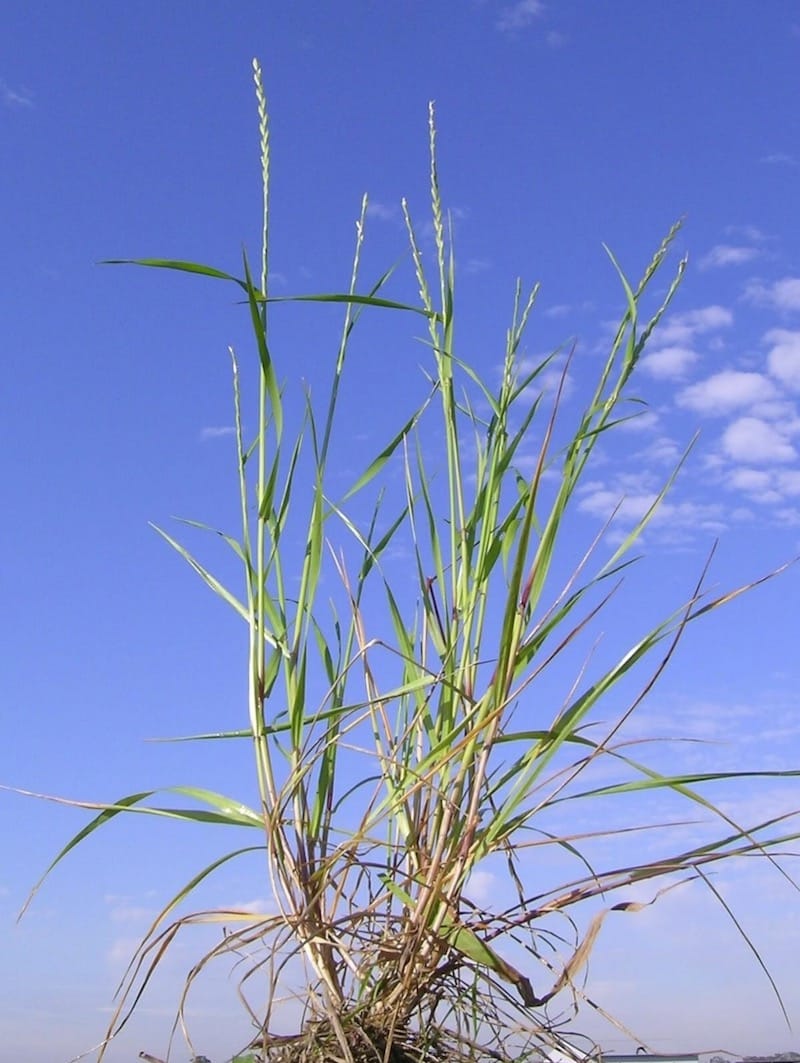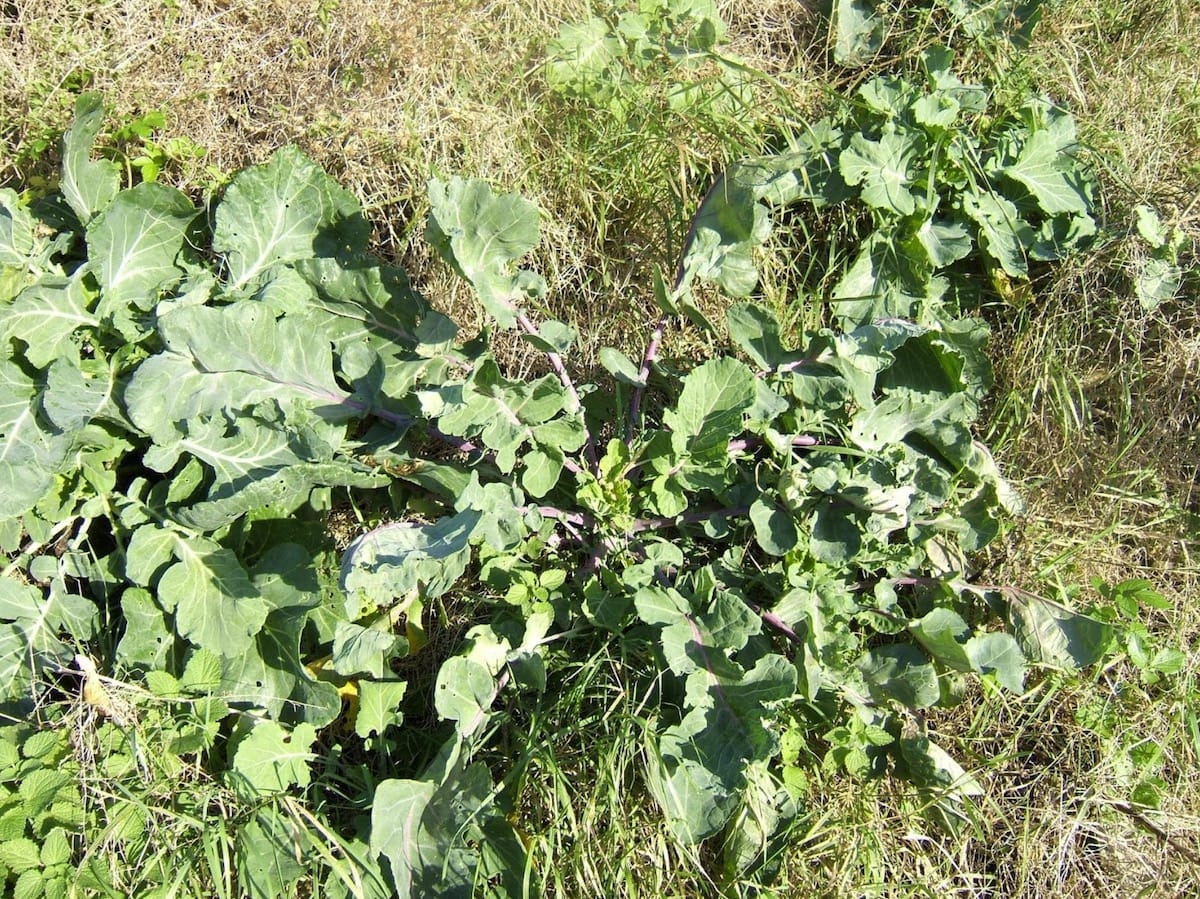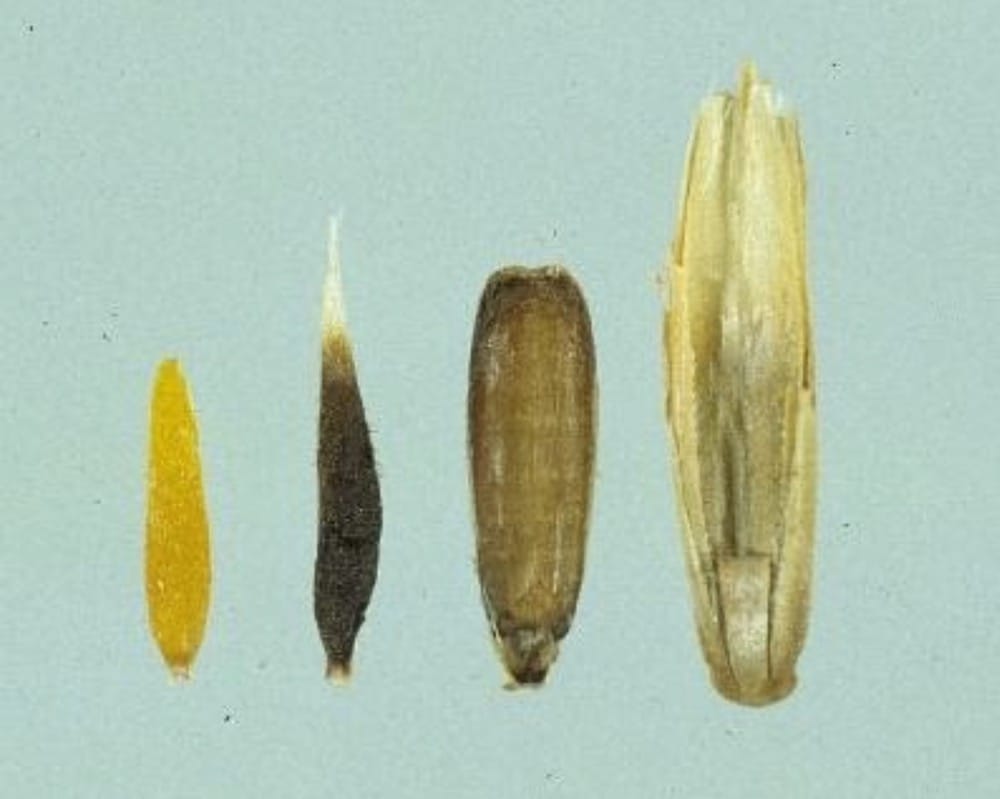Annual ryegrass is a delicious annual pasture ryegrass.
It is high-quality and high-producing forage grass and one of the most expensive weeds in southern Australia. Almost like a delicious gourmet meal for your cows, cattle and sheep!
In this article, we’ll be discussing all about annual ryegrass, what it can do for your pasture, and how to effectively manage it so you just get the good stuff out of it!
Annual ryegrass establishes rapidly and provides high-quality autumn, winter and early spring growth. It can be seeded at a rate of around 25 kg/hectare. Annual ryegrass prefers a climate that has good moisture, and it performs well on heavier textured soils.
The Latin name for annual ryegrass is Lolium Rigidum – has a nice ring to it, doesn’t it! It’s also known as Wimmera ryegrass, or just plain old ryegrass.
Now, let’s talk about how we can identify annual ryegrass.
Annual Ryegrass Identification:
Annual ryegrass is hairless, with bright green, narrow leaves.
The leaves are shiny, especially on the back of the blade. The emerging leaf is folded and ryegrass has wide ligule and long auricles.
The base is reddish-purple and the seedlings give out a clear sap when crushed.
The mature plants of annual ryegrass are erect and can go up to 90 mm in height.
The flowering systems, also called inflorescence, are flat and can go up to 300 mm. Spikelets have 3-9 flowers and the husk is almost the same length as the spikelet.
The seeds are relatively flat, about 4 – 6 mm long and 1 mm wide. They’re the color of straw, and the seed embryo can usually be seen through the outer layers.
The seed embryos stick to the flower stem, and one would need a sizeable amount of force to actually detach them either as individual seeds, or part of the flower stem.

Anatomy of Annual Ryegrass:
As discussed earlier, annual ryegrass is a winter to spring growing weed that emerges from late autumn to early spring.
When there’s a good autumn/winter rain, the seeds should be 20 mm deep in the soil for ideal germination to occur. Germination stops at 100 mm seed depth.
Shallow seeds usually germinate between autumn and early winter.
The peak germination period (80% of seeds) usually occur after the first two falls of rain that exceed 20 mm.
Newly formed seeds just lie there dormant for the first 8-9 weeks. The seeds are known to be short-lived.
There is usually just 1% carryover of viable residual seed that remains after winter, if the soil is undisturbed.
Annual ryegrass produces a large number of seeds per plant. Dense stands of more than a 100 plants can produce about 45,000 seeds per square metre, when in ideal conditions. If there were to be a cropping system Olympics, annual ryegrass would clearly be the winner! It is highly competitive and can compete with crops as early as the two-leaf crop stage.
Where is annual ryegrass used?
Annual ryegrass is usually used where post-spring growing conditions are expected to be limited.
The main purpose of annual ryegrass is to maximize growth rates when there is enough amounts of soil moisture.
Another scenario where annual ryegrass is used is when low summer rainfall and unsuitable soil does not allow perennial ryegrass to be maintained throughout the year.
Due to these reasons, annual ryegrass is often chosen by farmers as a species that will help maximize the production of pasture for a short time period of less than a year.
Annual ryegrass can either be grown as a pure stand, or in a mix with other crops like Brassicas.

SWOT analysis of annual ryegrass:
STRENGTHS:
- Management: A lot of knowledge about perennial ryegrass can be applied to annual ryegrass as well, making its management easy.
- Growth in winter: One of annual ryegrass’s major plus point is its ability to provide high-quality feeds even during late autumn, throughout winter and up till early spring. This cannot be achieved by perennial or Italian ryegrass.
- Seedling: The seedling vigour of annual ryegrass is much higher. This allows for an earlier first grazing period when compared to perennial grasses.
- Annual ryegrass seeds costs less than perennial and Italian ryegrass.
- Broadleaf weeds are easy to control without much impact on growth
- Higher yields of annual ryegrass can result in reduced forage conservation costs.
- There are minimal health issues associated with annual ryegrass but it has been known to cause nitrate poisoning.
- Thanks to its seedling vigour, annual ryegrass is often sown into an existing perennial ryegrass pasture, to increase grazeable feed in winter. This comes in handy when there is a perennial pasture that has decreased in density and is used during the year before the pasture goes through a complete change.
- It is very suitable for double cropping where either a spring-sown Brassica or a millet/sorghum is used.
WEAKNESSES:
- Annual ryegrass in Australia generally has to be resown every year so the resowing budgets have to be dipped into.
- When you compare annual ryegrass with the established high-performing sward of perennial ryegrass, annual ryegrass can have downtime during the seedling establishment phase every year
- Low summer growth rate: Perennial ryegrass provides a better growth rate of leafy pastures than annual ryegrass
- Low quality from mid-spring: Almost the entire stock of annual ryegrass tillers will go reproductive every spring thus lowering the values of both metabolizable energy and crude protein. Now you may point out rightly that even perennial ryegrass tillers can go reproductive. You’re right.
- But unlike annual ryegrass tillers, perennial ryegrass tillers can produce new tillers that will stay vegetative (leafy) till the next season
OPPORTUNITIES:
- Nitrogen response: It is very responsive to nitrogen applications. But, there is a high risk of nitrogen accumulation and care must be taken when annual ryegrass growth is grazed after an application of nitrogen.
- Grazing management response: During autumn/winter, when the pasture quality will not decline for sure, annual ryegrass responds well to rotational grazing management.
THREATS:
- Annual ryegrass is more likely to cause nitrate poisoning than annual ryegrass. Nitrate poisoning usually happens when unadapted cows graze on high-nitrate pastures.
- Annual ryegrass is most susceptible to pests during the establishment phase.
Annual Ryegrass Toxicity:
Annual ryegrass toxicity, also called ARGT, is a fatal, neurological disease of livestock.
This happens when the annual ryegrass is infected by the bacterium Rathayibacter toxicus.
This bacterium enters the ryegrass by a nematode called Anguina Funesta, and produces toxins. These toxins are produced during flowering and seedset.

Once infected, ryegrass continues to be toxic even after it has senesced and dried off.
Hay made from this will also be toxic. All animals grazing are now at risk of ARGT.
9 weeks of intake continue to accumulate and when the animal consumes enough toxins, it can cause major diseases.
ARGT can appear in 4 days, or even after several weeks from when the animals ate the toxic feed.
ARGT causes neurological issues like convulsions, stiff gait, abortions in pregnant stock and ultimately, death.
One an animal has been diagnosed with ARGT, they should be moved to a safe paddock with water, good feed and shade. Stock that is not able to get up even after 12 hours should be humanely put down.
How to prevent ARGT from happening:
Daily Inspection: Paddock inspection should happen at least once daily from October to December. The infected animals should be moved immediately by about 100 – 200 metres. If the disease is detected early, you can do damage control.
Ryegrass Testing: Testing of ryegrass in the paddocks can help spot out the safe spots and detect bacteria early.
When buying hay, ask for a vendor declaration that will prove that the hay has been tested for bacteria and is negative. Similar testing strategies for grain and chaff heaps can also be followed.
Good Biosecurity: Spreading the ryegrass seed can also cause spread of causative organisms. Surface run-off water and creeks can also float these organisms to vast distances. Places where ARGT doesn’t occur should take care to ensure that these infected seeds do not enter the safe spaces.
Paddock Management: It could take anywhere between 5 – 15 years from the time the organisms are introduced, to the first signs of clinical disease. ARGT either rarely, or never occurs in paddocks that are grazed every year, even if there are organisms present.
Some other important points to remember:
- Use clean fodder, crop and seed to minimize the risk of herbicide resistant annual ryegrass entering your paddock
- Graze paddocks heavily in autumn and reduce the number of annual ryegrass plants in the pasture. Also, graze heavily in spring to reduce seed set.
- Burn stubbles in summer time
- In autumn, tickle cultivate for germination
- If needed, spray seeds before planting the crops.
- Apply pre-emergent herbicides. Rotate between groups over crop rotation.
- Use narrow row spacings
- Swath crop and burn windrows
- Use seed catchers and destructors at harvest
- If there is a lot of resistant annual ryegrass seed set – make silage, cut for hay or hay freeze.
When maintained well, annual ryegrass can be a valuable asset for your pasture, and for your livestock.
Head to pasture.io to read more on pasture species and how you can utilize our services to know more about your farm.
Keep visiting us, and keep reading. Until we meet again, Happy Farming!
- The Dedicated Team of Pasture.io, 2020-09-04